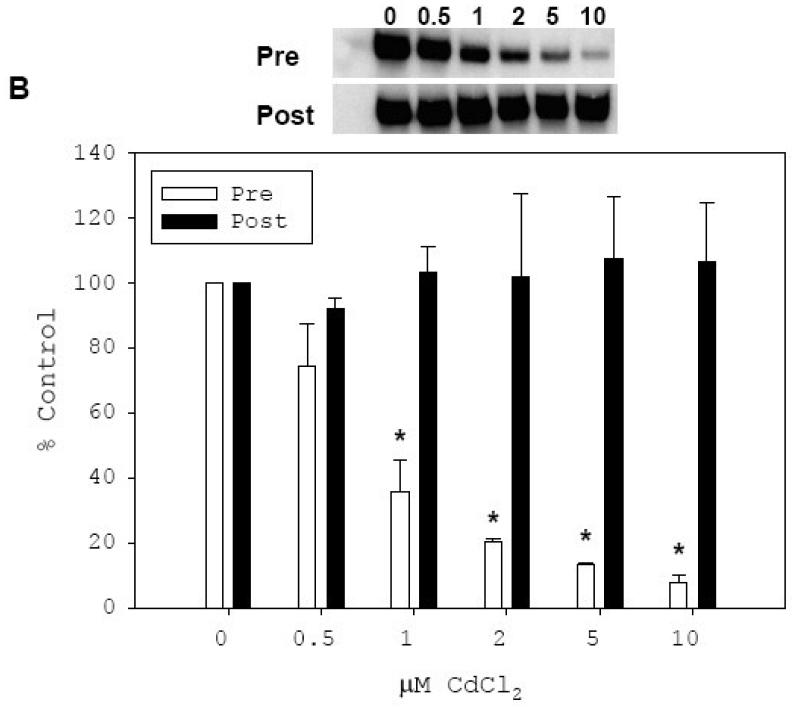Fig. 6. In vitro inhibitory effect of Cd on binding of rhSp1 to SGLT1-GC1 and SGLT2-GC.
Effect of Cd treatment on binding of rhSp1 to SGLT1-GC1 (A) and SGLT2-GC (B) probes were determined. Effect of pre-treatment with Cd was determined by incubating rhSp1 (0.1 μg) for 15 min at room temperature with CdCl2 at concentrations of 0.5, 1, 2, 5, or 10 μM. Binding reactions were then carried out for 15 min at room temperature by addition of 0.08 pmol DIG-labeled SGLT1-GC1 (A) or SGLT2-GC (B) probe. These reactions are designated as “Pre” and the representative EMSAs are shown above the graphs. The intensity of each Sp1/probe complex was measured and mean values ± SEM of percent untreated controls were graphed (open bars). Also, the effect of Cd treatment on DNA-bound rhSp1 was determined. Binding reactions were carried out for 15 min at room temperature with 0.1 μg rhSp1 and 0.08 pmol DIG-labeled SGLT1-GC1 (A) or SGLT2-GC (B) probe. After binding, reactions were treated with CdCl2 at concentrations of 0.5, 1, 2, 5, or 10 μM for 15 min at room temperature. These reactions are designated as “Post” and the representative EMSAs are shown above the graphs. The intensity of each Sp1/probe complex was measured and mean values ± SEM of percent untreated controls were graphed (filled bars). N = 3-5 and P ≤ 0.03 between respective treated and untreated control is indicated by *.


